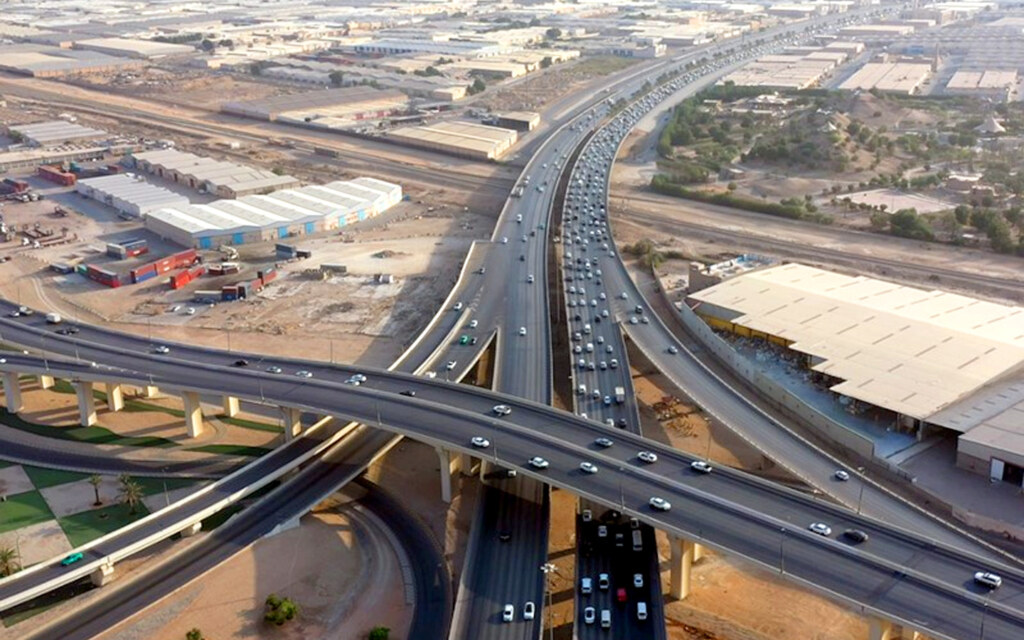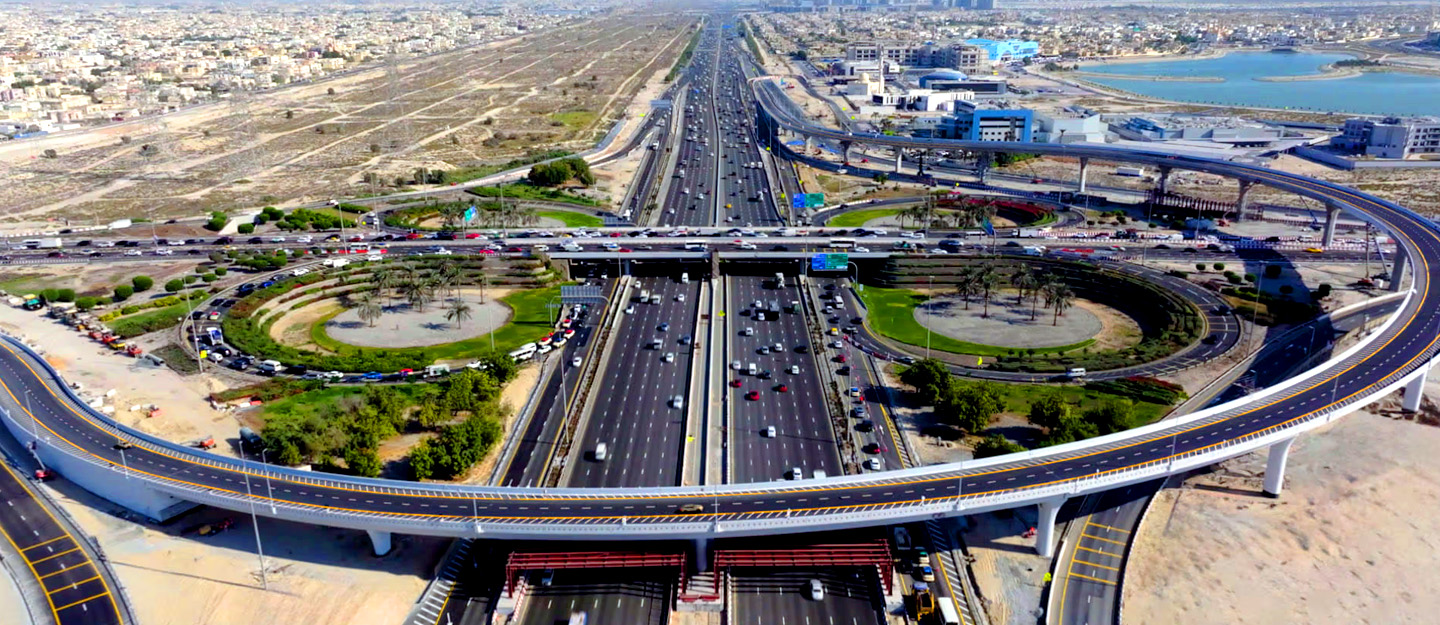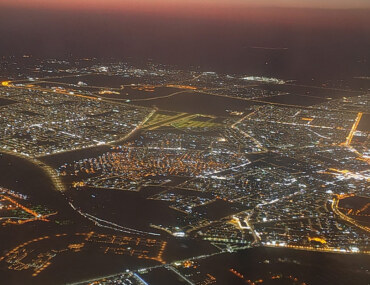Every road in Saudi Arabia tells a story of growth, linking cities, regions, and communities together. From the wide expressways of Riyadh to the mountain bridges of Asir, the Kingdom’s transport network is a prime example of its national transformation. The bridges and roads in Saudi Arabia connect you to future-forward zones where multiple opportunities await you!
Supported by Vision 2030, Saudi Arabia continues to expand and modernize its roads and bridges to strengthen trade, tourism, and everyday mobility.
Types of Roads in Saudi Arabia
Saudi Arabia’s road network covers more than 200,000 kilometers and connects the Kingdom’s major regions through a well-planned system:
- Expressways – Multi-lane highways linking major cities such as Riyadh, Jeddah, and Dammam.
- Primary roads – Connecting regional centers and key industrial areas.
- Secondary roads – Linking smaller towns and rural communities.
- Agricultural and service roads – Supporting local transport and access to farms, schools, and services.
Each type plays a role in connecting people and boosting access to growing residential and commercial zones.

Main Highways in the Kingdom
Some of the most significant routes form the backbone of Saudi Arabia’s road system:
- Highway 40 – Runs east to west from Jeddah to Dammam through Riyadh, serving trade and logistics.
- Highway 15 – Connects Jeddah to the southern city of Abha, offering scenic mountain routes.
- Highway 10 – The longest highway, stretching across the Empty Quarter from Haradh to the UAE border.
These highways not only support national trade but also open access to new investment corridors and tourism hubs.
Also read about the Transport Sector in Saudi Arabia with Bayut-KSA.
Speed Limits on Saudi Roads
The speed limits vary depending on the type of road and vehicle:
- Cars: Up to 140 km/h on expressways.
- Buses: Up to 100 km/h.
- Trucks: Up to 80 km/h.
Clear signage and advanced monitoring systems ensure road safety and smooth travel across long distances.
Bridges and Modern Infrastructure
Saudi Arabia has built multiple bridges across its 13 regions connecting valleys, cities, and industrial zones. These bridges are not just infrastructure; they represent the Kingdom’s commitment to seamless mobility and sustainable engineering.
Ongoing projects include:
- Construction of flyovers and tunnels in major cities to reduce congestion.
- Development of smart bridge monitoring systems for safety and maintenance.
- Expansion of coastal and mountain bridges supporting tourism and logistics.
This modern network supports both urban growth and rural connectivity.
Driving Economic and Real Estate Growth
The expansion of roads and bridges in Saudi Arabia directly supports economic diversification and real estate development. New highways create easier access to emerging residential areas, industrial parks, and tourism destinations.
Each new connection means:
- Greater access to housing near key transport corridors.
- Improved logistics for businesses and investors.
- Increased land value in newly connected regions.
Bayut-KSA: Linking Homes with Opportunity
As infrastructure reshapes Saudi Arabia’s landscape, Bayut-KSA helps people discover where opportunity meets convenience.
Whether it is a new community along a major expressway or a coastal city now connected by modern bridges, Bayut-KSA connects you to places built for tomorrow.





